Grain, Pasta, and Cereal Reliable inspection to ensure product quality and safety.
Grain, Pasta, and Cereal Contaminant Inspection
Whether you’re filling bins of grain, bags of pasta, or boxes of cereal, physical contaminant inspection is crucial for mitigating foreign material hazards, including consumer injury, equipment damage, and loss of consumer confidence.
With a thorough understanding of the unique challenge of identifying physical contaminants in grains and grain products, CASSEL Inspection offers a range of inspection systems designed for seamless incorporation into any processing system.
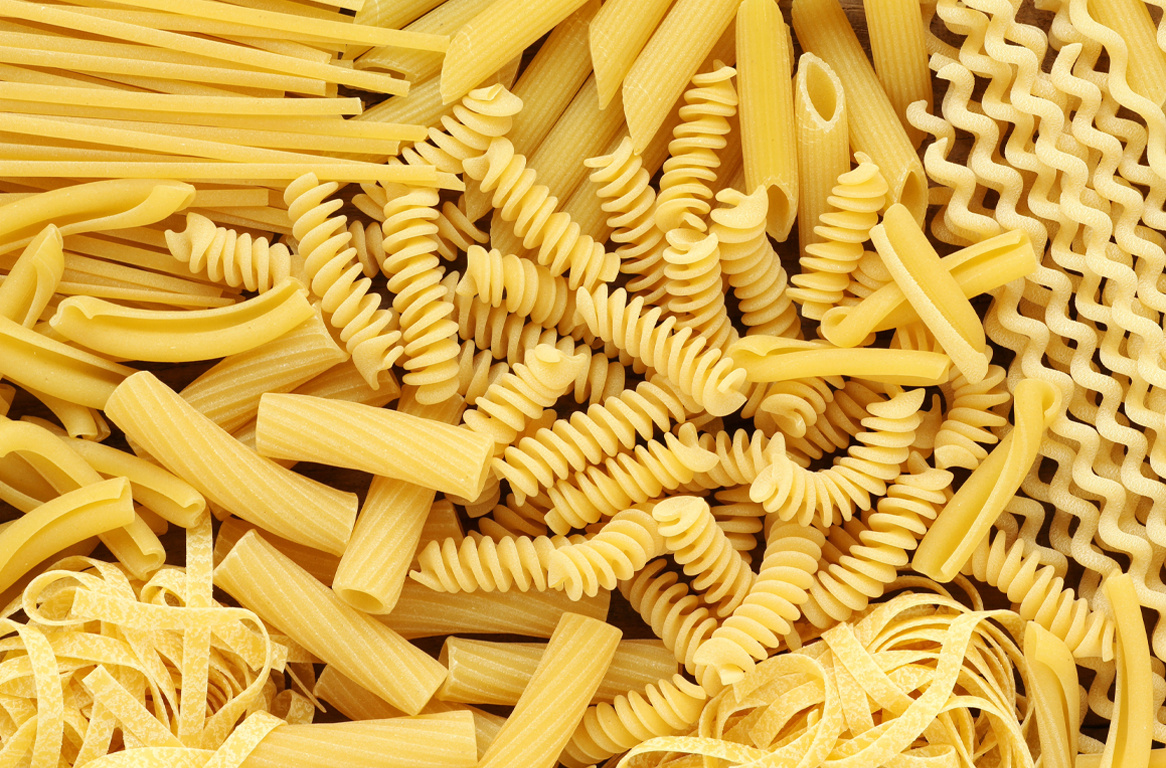
Physical Contaminant Inspection: Why Do Grain, Cereal, and Pasta Brands Need It?
From raw materials to packaged goods, physical contaminant inspection systems support facility-wide quality and safety programs, mitigating product recalls and resulting logistical, financial, and reputational effects.
Why is this increasingly important?
The Food and Agriculture Organization (FAO) projects global utilization of cereal grains to exceed 2.8 billion tons for 2023-2024. Additionally, market researchers project that the global pasta market will approach $35 billion USD by 2030. Statista reports worldwide revenues from breakfast cereals will show a 14.8% annual growth rate (CAGR 2024-2029), raising the market volume to over $13 billion USD by 2029.

Physical contaminant inspection systems empower grain processors to mitigate the risks of foreign material contamination, resulting in several key benefits, including:
- Maintaining product quality
- Ensuring consumer safety
- Confirming regulatory compliance
- Increasing cost efficiency
- Preserving brand reputation
Agricultural origins and high processing volumes are two challenges that make continuous, reliable detection a crucial addition to internal HACCP, GMP, quality, and safety programs that protect consumers and manufacturers.
How is Metal Detection Used in Grains and Grain Product Processing?
Metal detectors are ideal additions to all critical control points (CCPs) because they are tailored to meet processing needs and adapt easily to any stage of production.
- Raw material intake: inspection removes foreign materials introduced during harvesting, storage, and transportation.
- Process CCPs: inline inspections eliminate material contaminated during measuring, mixing, heat-processing, or packaging steps.
- Post-packaging: final inspection provides a final check that maximizes safety and quality before shipping.
Advanced inspection systems mitigate physical contamination risk by minimizing product effects and providing consistent, reliable contaminant identification and removal.
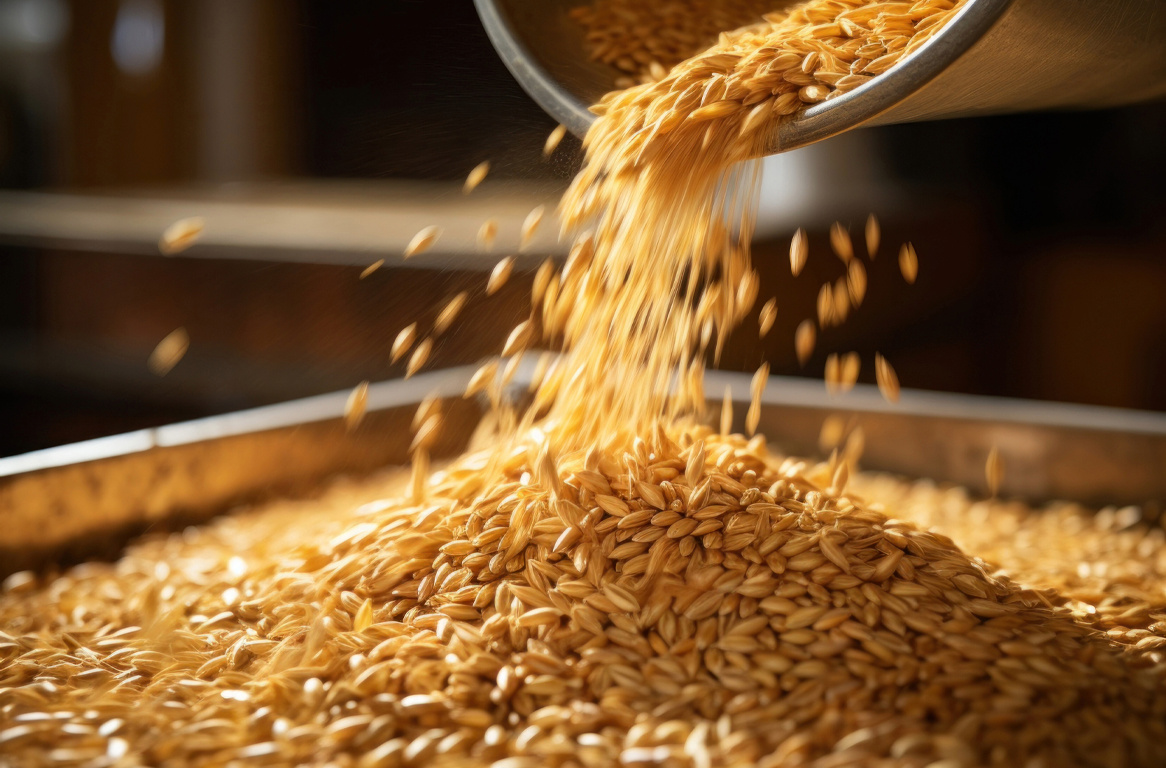
Bulk Ingredient Inspection
Specially designed metal detection systems allow efficient and effective inspection of high-volume bulk flow materials such as grains, pastas, and cereal products.
- Drop-through or gravity-feed metal detectors inspect continuously flowing powder or granular materials and quickly reject any metal-containing material.
- Conveyor belt metal detectors inspect material up to five inches deep on belts from two to four feet wide.
Customized metal detection systems can accommodate a range of production volumes. However, reducing the amount of product being inspected increases inspection sensitivity.
Learn more about how gravity-feed metal detectors and conveyor belt metal detectors identify physical contaminants in bulk ingredients.
Final Inspection
Post-packaging physical contaminant inspection is essential for removing any process-related foreign material contamination.
Final inspection validates safety and quality control programs and eliminates the risk of contaminated products leaving your facility.
Looking for physical contaminants in your finished products? A conveyor belt inspection can help!.
Metal Detectors for the Grain, Pasta, and Cereal Industry
CASSEL Inspection delivers tailored inspection solutions for grain, pasta, and cereal manufacturers, ensuring product quality and consumer safety at every production stage, from raw ingredients to final packaging. This helps prevent costly recalls and protects brand reputation.
In addition, CASSEL offers a variety of metal detection inspection systems for practically every application and industry. Discover our portfolio of advanced inspection systems designed to improve manufacturer's quality assurance protocol.
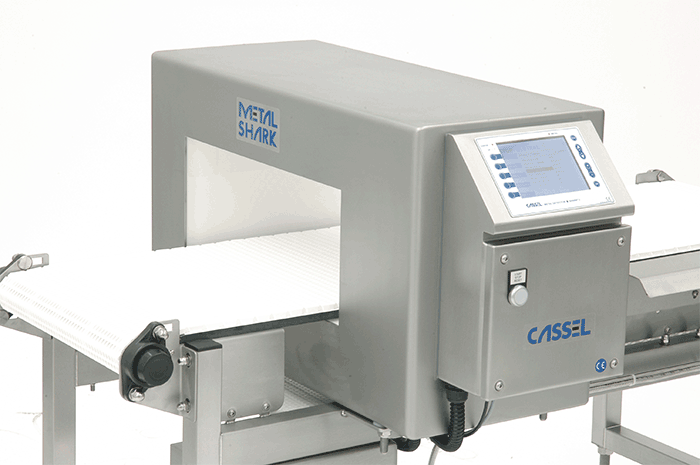
How Is X-ray Inspection Used by Grain, Cereal, and Pasta Processors?
X-ray inspection helps manufacturers overcome physical contaminant inspection challenges associated with grains, cereal, and pasta products.
Whole grain products, like steel-cut oats, cracked or stone-ground whole wheat, undergo minimal processing which makes them especially susceptible to environmental contaminants. X-ray inspection can identify metal and non-metal materials such as stones, rocks, plastic, ceramic, and glass.
Because X-ray inspection is not affected by compositional elements like moisture and salt content, it is an ideal choice for pasta and cereal products.
X-ray also provides an effective “final check” to identify physical contaminants in secondary packaging that, while not necessarily a health risk, could damage brand image.
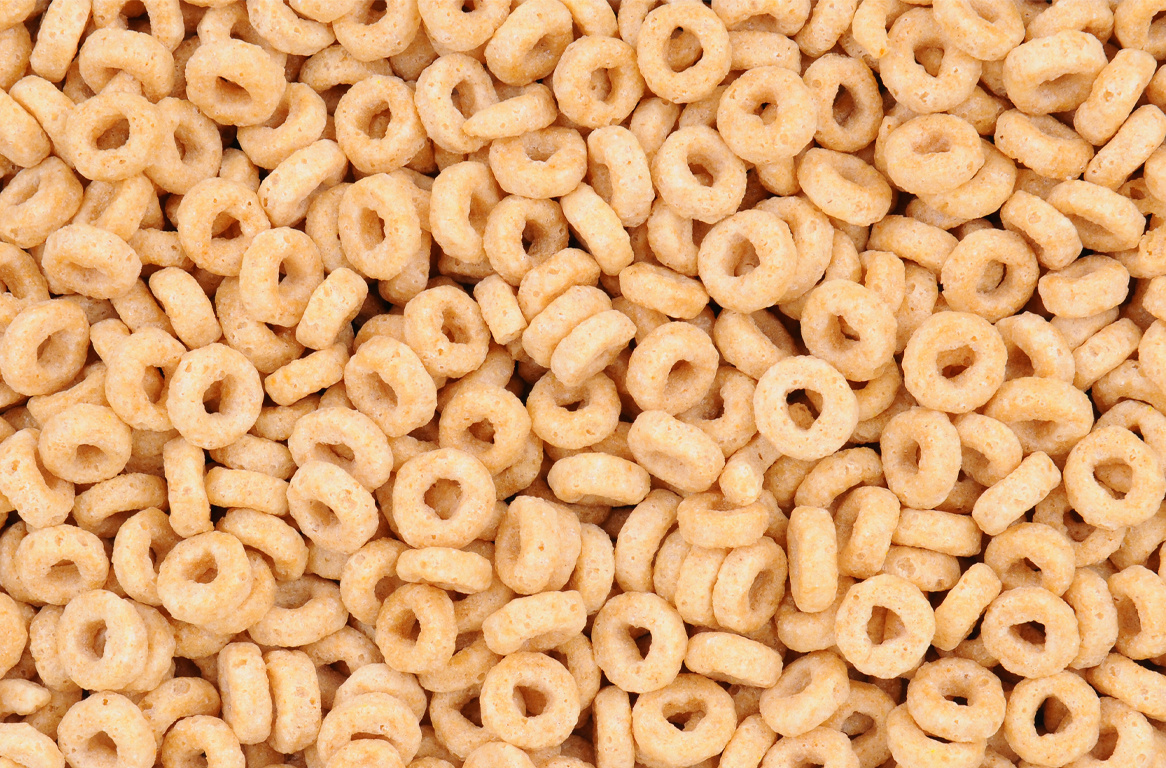
Raw and Bulk Ingredients
Like any agricultural product, raw and bulk grains coming into a processing facility are highly susceptible to contamination from the field, harvesting equipment, holding and shipping containers, and packaging systems.
X-ray systems designed for raw and bulk ingredients enable grain product manufacturers to isolate contaminants such as pebbles, rocks, glass, and metal in high volumes of bulk flow powders, grains, and granules, before they can cause equipment damage and costly downtime.
Early removal of contaminants also reduces finished product rejects that incur costs related to lost production time, wasted ingredients, packaging, and rework.
Confirm Product Packaging
X-ray inspection also allows food processors to confirm product quality and consistency by verifying the contents of primary and secondary packaging.
Processors can “teach” X-ray systems to recognize variations in package contents, indicating inaccurate item counts, damaged products, or poor seals.
X-ray Inspection Equipment for the Grain, Pasta, and Cereal Industry
As with our metal detection systems, CASSEL Inspection has X-ray systems for a variety of applications and industries. Discover our X-ray inspection portfolio, all designed to take your quality assurance protocol to the next level.
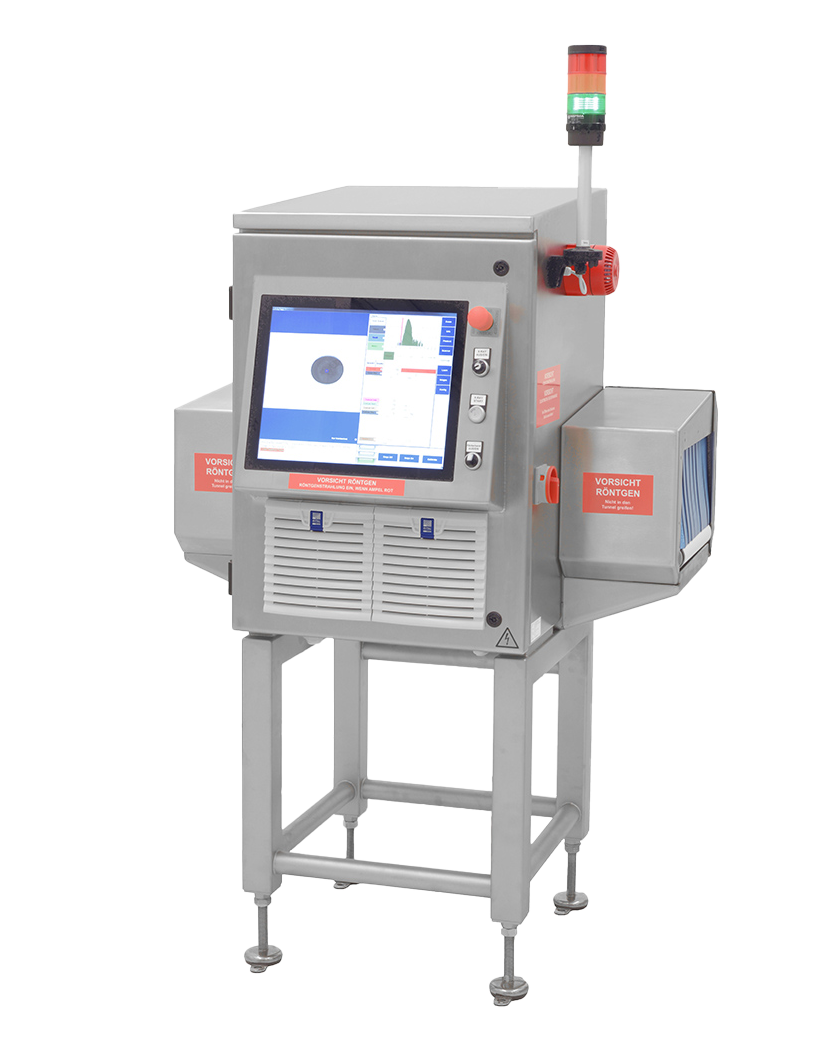
How Are Checkweighers Used for Grains, Pasta, and Cereal Products?
Checkweighers continuously measure packaged product weights and reject any packages not within a specified range. Checkweighers provide a critical evaluation that protects manufacturers on several levels.
- Regulatory Compliance: removing underweight packages avoids potential FDA action for misbranding.
- Profitability: detecting overweight packages indicates overfilling that would lead to costly giveaway (putting more material in a package than consumers are paying for).
- Product Purity: overweight pasta packages could indicate the presence of a physical contaminant in primary or secondary packaging.
- Consumer Expectations: rejected boxes of cereal might be missing some or all of an ingredient (marshmallows, nuts, etc.).
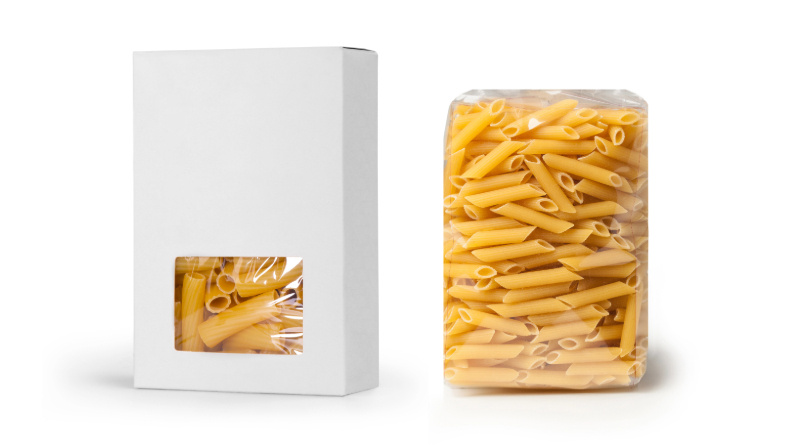
Why Choose CASSEL Inspection?
CASSEL Inspection has supported the grain, cereal, and pasta industries with customized physical contaminant inspection solutions for over 30 years.
CASSEL Inspection systems provide:
- Password-protected internet connections
- Secure internal control and monitoring systems
- Remote-access software to streamline technical support
- Reliable, durable systems that function continuously as designed
If you have questions about applying advanced contaminant inspection systems to your grain, pasta, or cereal processing facility, contact one of our technical experts today.



